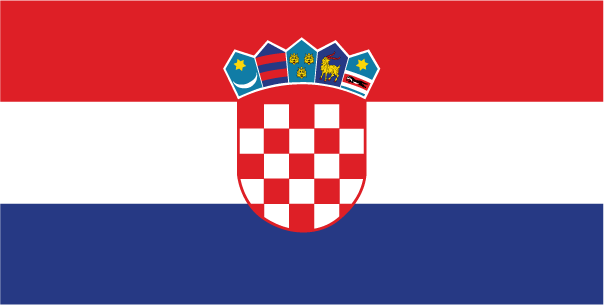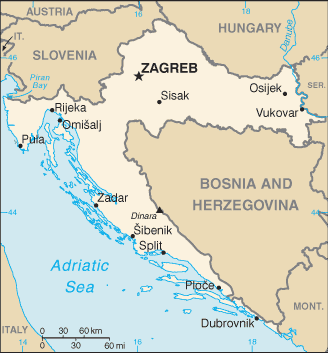Investing in Croatia


Once one of the wealthiest of the Yugoslav republics, Croatia's economy suffered badly during the 1991-95 war as output collapsed and the country missed the early waves of investment in Central and Eastern Europe that followed the fall of the Berlin Wall. Between 2000 and 2007, however, Croatia's economic fortunes began to improve slowly, with moderate but steady GDP growth between 4% and 6% led by a rebound in tourism and credit-driven consumer spending. Inflation over the same period has remained tame and the currency, the kuna, stable. Nevertheless, difficult problems still remain, including a stubbornly high unemployment rate, a growing trade deficit and uneven regional development. The state retains a large role in the economy, as privatization efforts often meet stiff public and political resistance. While macroeconomic stabilization has largely been achieved, structural reforms lag because of deep resistance on the part of the public and lack of strong support from politicians. The EU accession process should accelerate fiscal and structural reform. While long term growth prospects for the economy remain strong, Croatia will face significant pressure as a result of the global financial crisis. Croatia's high foreign debt, anemic export sector, strained state budget, and over-reliance on tourism revenue will result in higher risk to economic stability over the medium term.
Croatian National Bank - http://www.hnb.hr/
Countries that border Croatia: Slovenia | Hungary | Serbia | Bosnia and Herzegovina | Montenegro
Learn more:
Back to Country Investing



